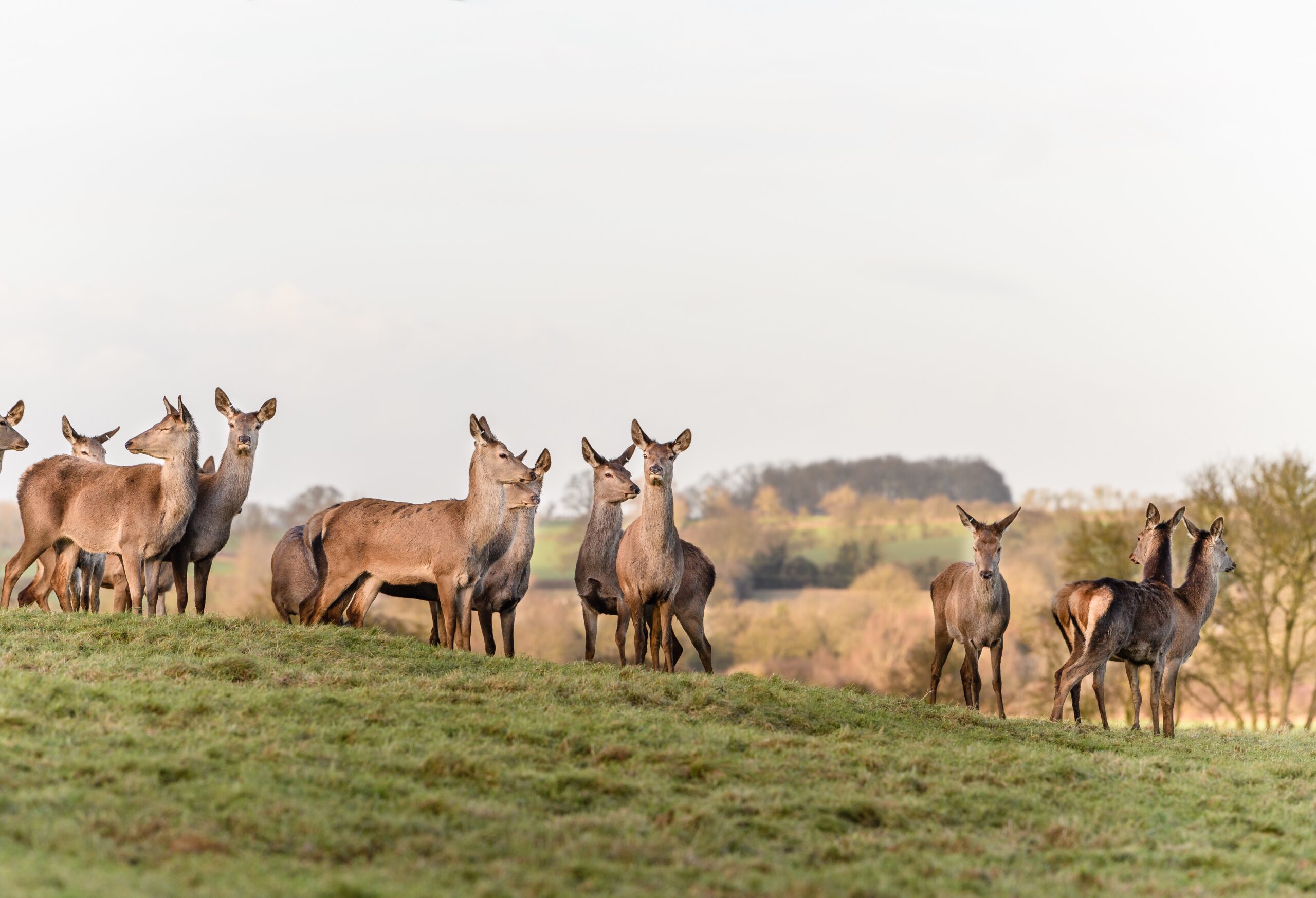Scotland’s growing deer population is creating serious challenges for the country’s landscapes, economy, and wildlife. While deer are a valued part of Scotland’s natural heritage, unchecked numbers have led to overgrazing, which harms forests and peatlands—ecosystems vital to carbon storage and biodiversity. Without natural predators, deer populations can grow rapidly, making human intervention essential.
Regulated deer hunting is a practical, science-based tool to control populations and protect the environment. Overpopulation threatens not only ecosystems, but also farming, forestry, and public health—through crop damage, road collisions, and rising cases of Lyme disease. Responsible hunting helps manage these risks while reducing suffering among deer during harsh winters.
Public opinion in Scotland reflects growing support for increased deer culling, recognizing that ethical, effective population control serves the greater good. The key lies in improving governance—moving from landowner-dominated models to collaborative efforts that include conservation groups and local communities.
By integrating conservation science with traditional hunting practices, Scotland has the opportunity to restore ecological balance, support rural economies, and ensure humane wildlife management. Hunting, when well-regulated and publicly supported, is not the problem—it’s part of the solution.

